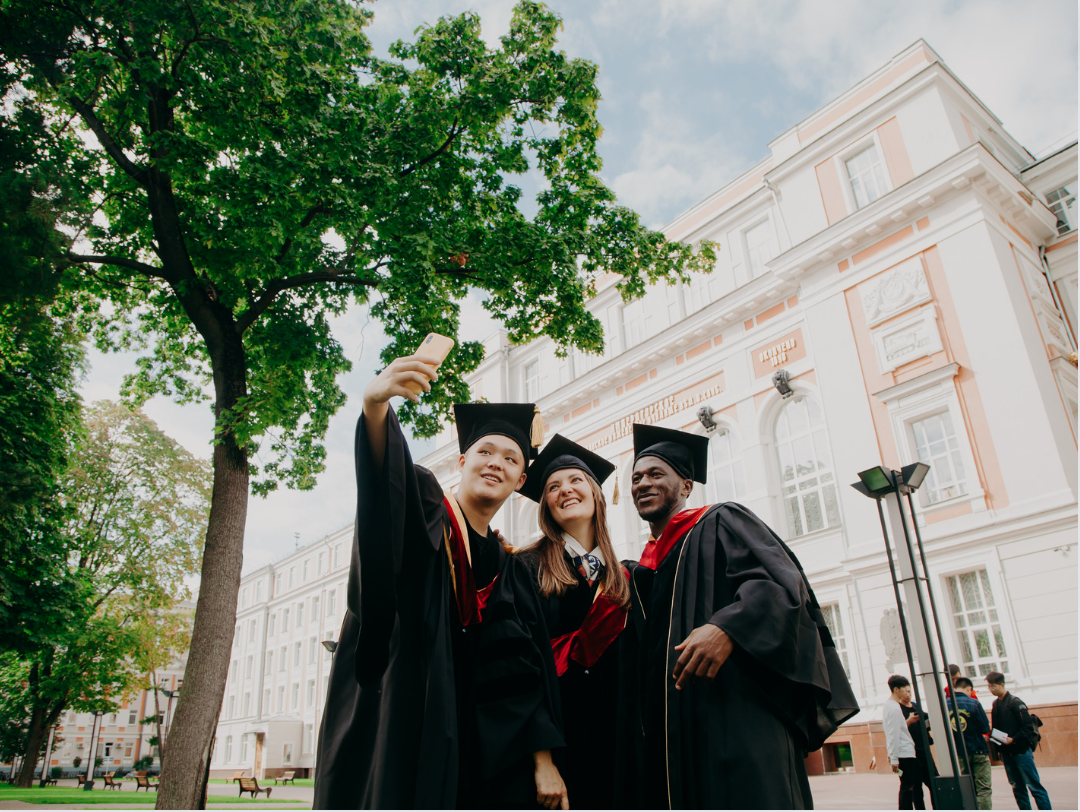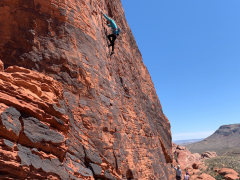Perspectives: CUBE Program: A Student’s View of the World of Biostatistics
May 4, 2023
By Kayla Williams, mathematics major, Ohio State University
I am currently a senior mathematics major at the Ohio State University, and hope to begin a Ph.D. program in statistics this upcoming fall. During the summer of 2022, I participated in the Collaborative Undergraduate Biostatistics Experience (CUBE) program at Virginia Tech. I enjoyed learning about the application of mathematical and statistical concepts to answer real-world questions and realized this is something that I want to do as a career.
Because of the invaluable hands-on experience I gained, the CUBE program introduced me to the field of biostatistics. I was not just learning about introductory biostatistics concepts and topics; I was immersed in the work that an actual collaborative biostatistician would be doing. I helped form hypotheses for my research questions, applied the appropriate statistical methods, summarized my results using various tables and figures, and presented those results to my peers and other researchers.
A Glimpse into Biostatistics Careers
Together with my peers, I was given the opportunity to explore many aspects of collaborative biostatistics, from the beginning of the research cycle to the end. We utilized R programs to assess sociodemographic predictors of anterior cruciate ligament (ACL) injuries diagnosed in the emergency department using data from the Nationwide Emergency Department Sample (NEDS) of the Healthcare Utilization Project (HCUP). Completing the research cycle, we interpreted our results and communicated those results through both oral and poster presentations at summer research symposiums.
The 8-week CUBE program gave me the experience and knowledge that I needed to become aware of collaborative biostatistics as a potential career. My career goals are to eventually engage in collaborative research at a university as a statistician. Without the CUBE program, I may have never fully realized my passion for biostatistics, because it’s not a field that is easily understood with online research.
A Statistics Power Skill: Collaboration
I also learned how much collaboration there is in the field of biostatistics. As part of the CUBE program, we visited several research labs and centers, including an animal cancer center and a smoking and alcohol lab to study addictive behaviors. We interacted with these researchers and learned how biostatistics can be used to analyze and publish the data they collect.
For my collaborative group project, I worked closely with my CUBE peers and Dr. Charlotte Baker, an epidemiologist who studies the control and prevention of sports and recreation injuries among youth. Actively collaborating and learning about how biostatisticians can be engaged in different areas of research was also something that I liked about the CUBE program and the field of collaborative biostatistics itself.
For a Career in Biostats, Start Anywhere—Just Start
For students who want to pursue a career in collaborative biostatistics, my biggest piece of advice would be to not worry too much about your undergraduate major. There were so many collaborative biostatisticians that I met who didn’t study mathematics or statistics as undergraduates and still found their way to this field.
I also think it is important to gain experience through internships or programs like the CUBE program to get a glimpse into a day in the life of a collaborative biostatistician. It is nice to have mentors and other people who care about your success and want to help you early on in your career.
Aspiring Biostatisticians, Ask for Help and Get Involved
My biggest takeaway from this experience is to never be afraid to ask for help. I used to think that if I did not know how to do everything before choosing a certain career path, then I should not take that route. However, I have learned that even the most experienced professionals ask for help when they do not know how to approach a certain research question or know very little about a specific method. Having the confidence to ask for help and believing that there are no stupid questions when it comes to research was very huge for me because that is something I have always struggled with.
Through this experience, I also learned to have more patience. For my collaborative group project, we would have to wait 30 minutes to an hour for our code to run in R because the data we were working with was so large. I learned that good research takes time and cannot be completed in a day.
The Collaborative Undergraduate Biostatistics Experience (CUBE) is an 8-week training program designed to give motivated, underrepresented undergraduate students in STEM the opportunity to engage in a full-time (~40 hours/week) collaborative data science experience, along with related professional development activities. CUBE is aimed at promoting diversity, equity, and inclusion in the STEM fields. The CUBE program is built on the following four pillars: 1) training in introductory biostatistics; 2) training in R programming; 3) professional development (PD); and 4) a collaborative research project addressing research questions in various disciplines.
- Learn more about the CUBE program
- Learn more about additional opportunities for students interested in statistics
- Learn more about careers in biostatistics
Students, share your statistics experiences!
Contribute an article to This is Statistics
Related Posts

Hindsight Is 2023 for Former Statistics and Data Science Students
It’s back-to-school season! Gear up for the upcoming semester and consider diving into the captivating world of statistics and data science. Looking for diverse job opportunities that span across every industry? Look no further! With a variety of graduate programs and jobs, now is a great time for students to become data scientists and statisticians….

Elizabeth J. Kelly: “Statistics is for Adrenaline Junkies”
Elizabeth J. Kelly has always loved math, and as a professional statistician at Los Alamos National Laboratory (LANL) and a recreational rock climber, Elizabeth is an avid thrill-seeker who enjoys a challenge. “Math reminds me of climbing, including the need to focus, problem solve and persevere. I guess I ended up in statistics because I…

